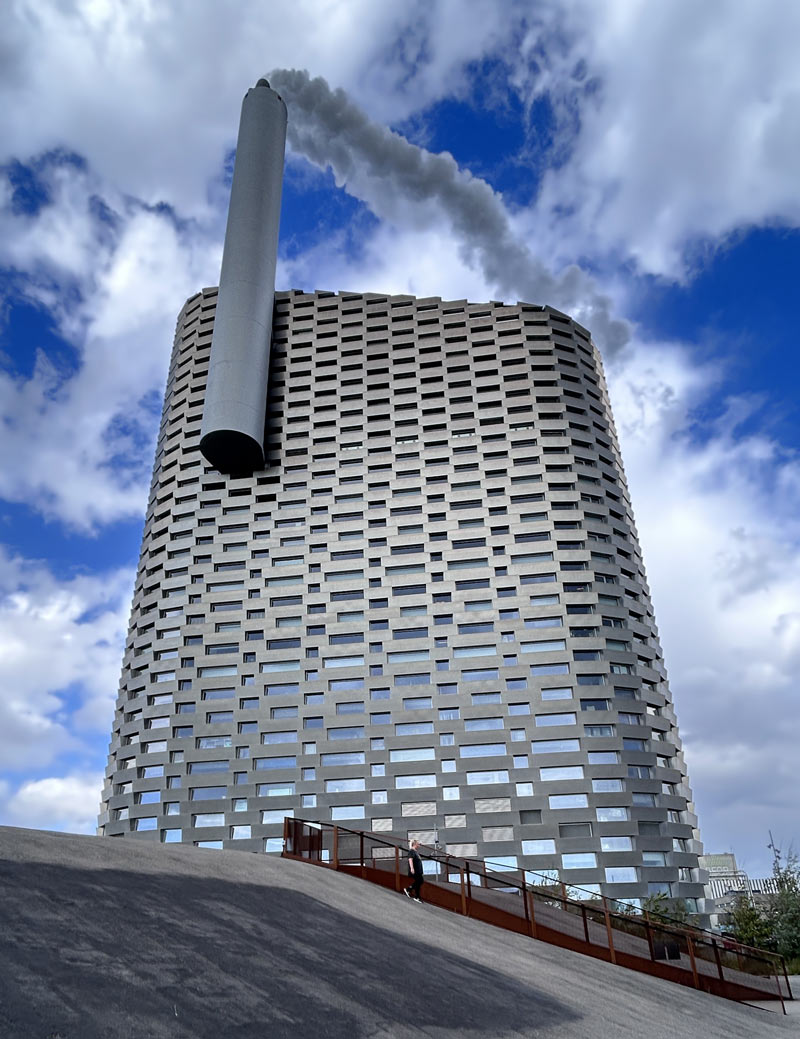 6 min
6 min
Associate Professor in the Department of Architecture at Tongji University (China), Prof. Feng Deng specializes in green, passive energy and low-carbon buildings for residential and community housing. Driven by the importance of bringing together environmental issues and a new sustainable architectural design, she shares her vision of architecture with us.
In your opinion, what are the three challenges facing the construction sector in Asia, and China in particular, to accelerate the adoption of more sustainable practices?
One of the main challenges facing the building sector in Asia is the transformation of traditional design and construction concepts. Many industry professionals and developers are still bound by traditional concepts, making it difficult to accept and implement new sustainable practices. On this point, it is crucial to educate professionals and students about the challenges of sustainable construction in order to change mindsets and speed up the transition.
Another issue is cost pressure. Even today, the initial investment to build with sustainable technologies or materials is often still higher. This is a key issue, and therefore sustainable building design requires support or subsidies from the government and policies. For example, in the form of an appropriate relaxation of building area calculation standards or floor area ratio (FAR) indicators, to encourage stakeholders in the construction industry to adopt more sustainable models swiftly.
Which brings me to my final point. The construction industry is suffering from a growing need for the government and financial institutions to implement more sophisticated regulations and construction standards. While a regulatory framework now exists for sustainable construction, there are still difficulties when it comes to putting it into practice. This is because the actual use and management of the building after it has been constructed does not fulfil the environmental commitments made. A post-assessment system for the sustainability of buildings would be needed to ensure that the sustainable approach is consistent throughout the building’s life cycle.
What do you consider to be the most emblematic recent achievement in terms of sustainable construction?
One recent achievement that I particularly admire is “CopenHill” in Copenhagen, Denmark, designed by BIG. It is a waste-to-energy plant capable of processing urban waste and converting it into clean energy, providing electricity and heating for the city. By converting waste into energy, the plant reduces the use of traditional landfill sites and greenhouse gas emissions. As well as producing electricity, CopenHill uses the excess heat from waste combustion for district heating, improving energy efficienc

The roof of the building is designed as a leisure area, offering the public activities such as skiing, hiking and climbing. As a space that combines sustainable industrial facilities with a recreational and educational haven for city dwellers, ‘CopenHill’ serves as a promotional platform for sustainable construction, raising awareness among the people of Copenhagen. A fine example of how sustainable architecture can be both environmentally friendly, enhance quality of life and be aesthetically successful.
Should architecture undergo a revolution? And if so, how?
Faced with climate change, the depletion of natural resources and pollution, the construction industry – a major consumer of resources and energy – must undertake a revolutionary change in its habits if it is to achieve the objectives of sustainable development. Traditional architectural design often neglects resource conservation and recycling, resulting in high energy and material consumption that is incompatible with our new standards. In addition, many traditional buildings may not provide a sufficiently healthy environment to fully meet the evolving expectations in terms of quality of life and health.
The revolution in the sector must therefore naturally involve a change of philosophy, leaving behind the outdated vision of conquering nature and returning to a more human and humble approach, which sees buildings in symbiosis with their environment. This is the approach adopted by the students of Tongji University as part of their participation in the Architectural Student Contest 2024.
This is a new philosophy which, if it is to succeed, must see the standardisation of the use of new, more sustainable materials and technologies to improve the energy efficiency and sustainability of buildings. Smart building systems, recycled and eco-friendly materials and the systematic integration of renewable energies – there are many sustainable alternatives for construction, and all they need is an incentive-based regulatory policy and an educational campaign to raise awareness among professionals and architects before they can take off.
Upcoming Architects' Perspectives:Thomas Rau, fondateur de RAU architecten (Netherlands)







